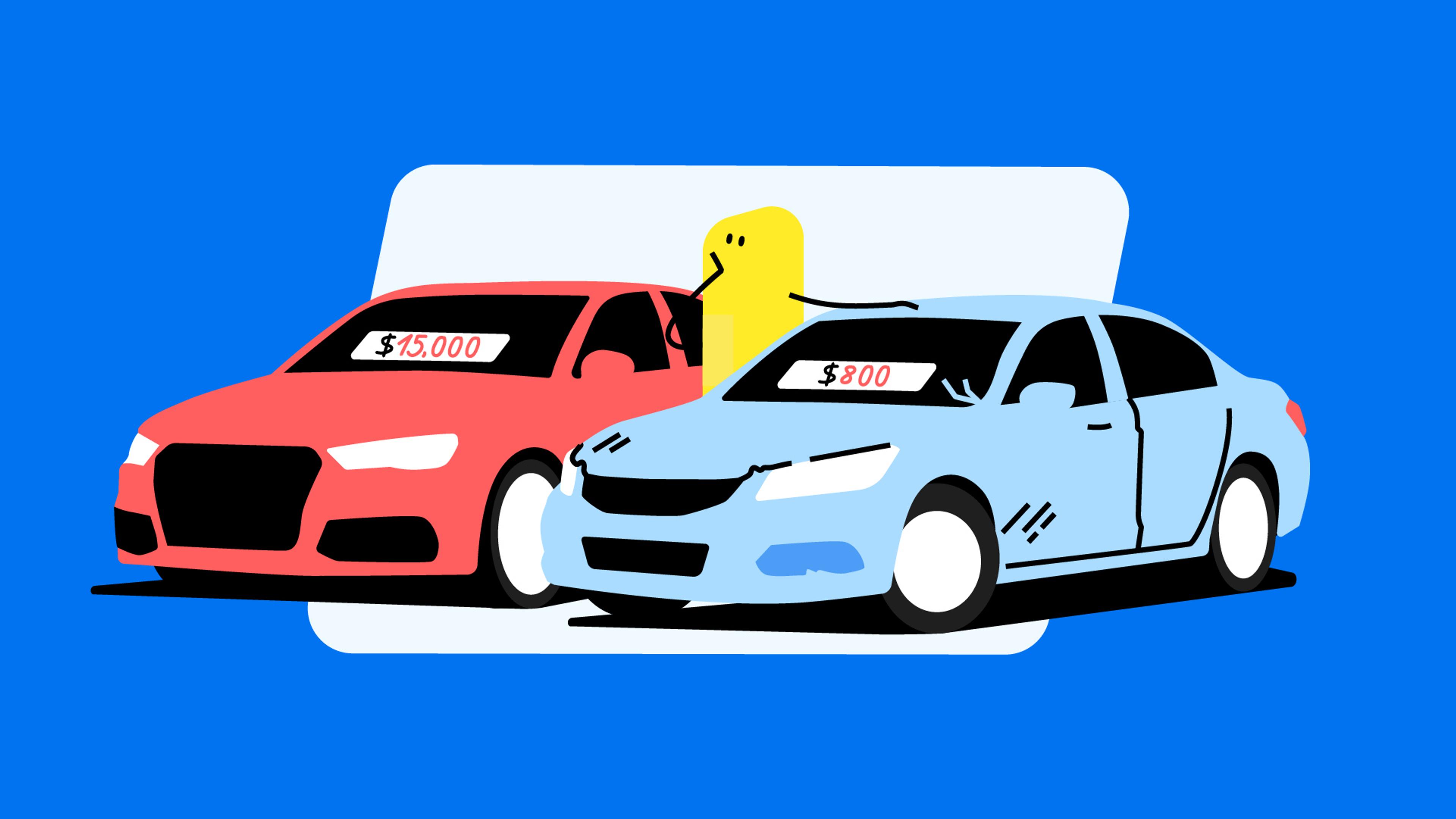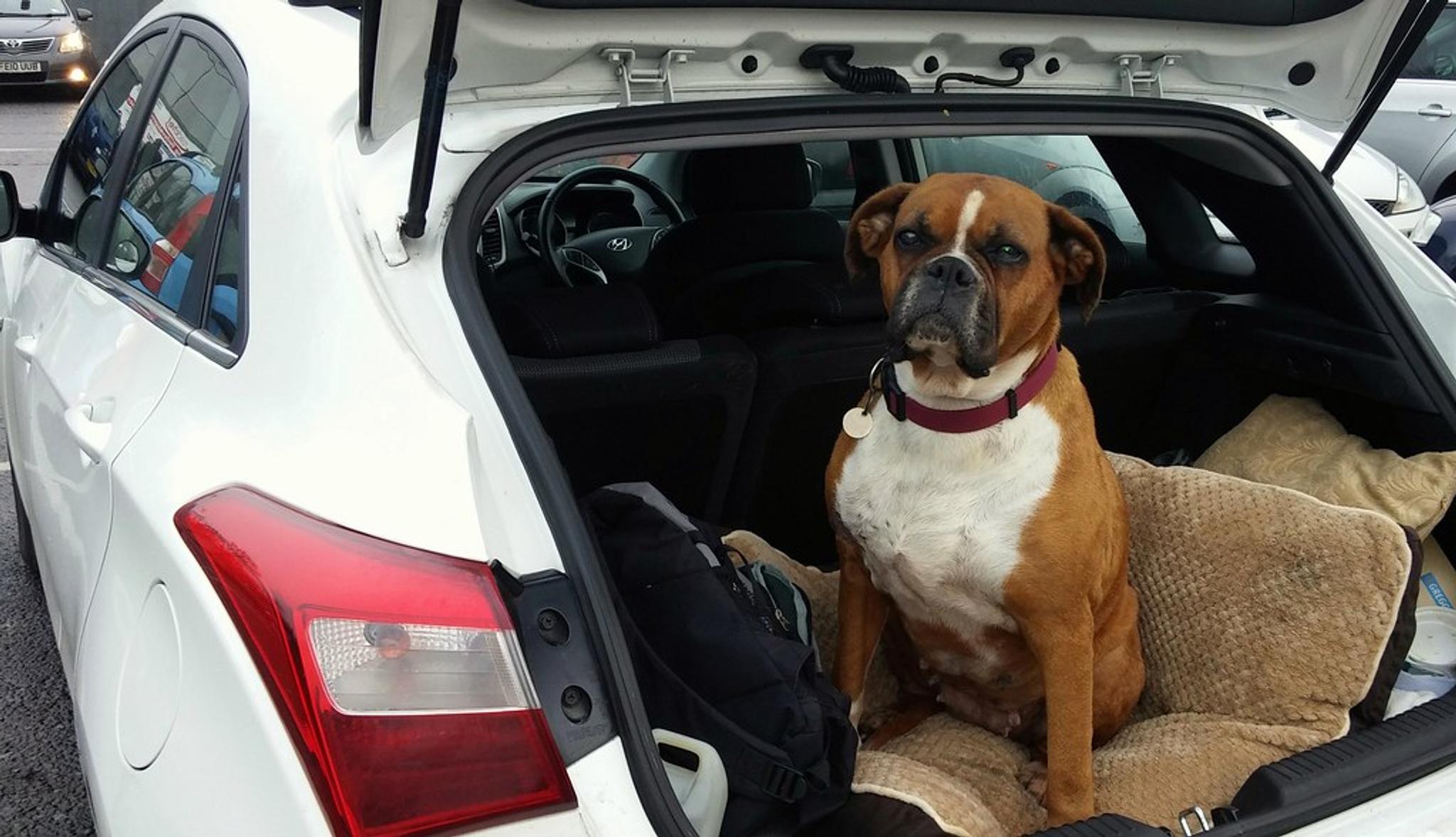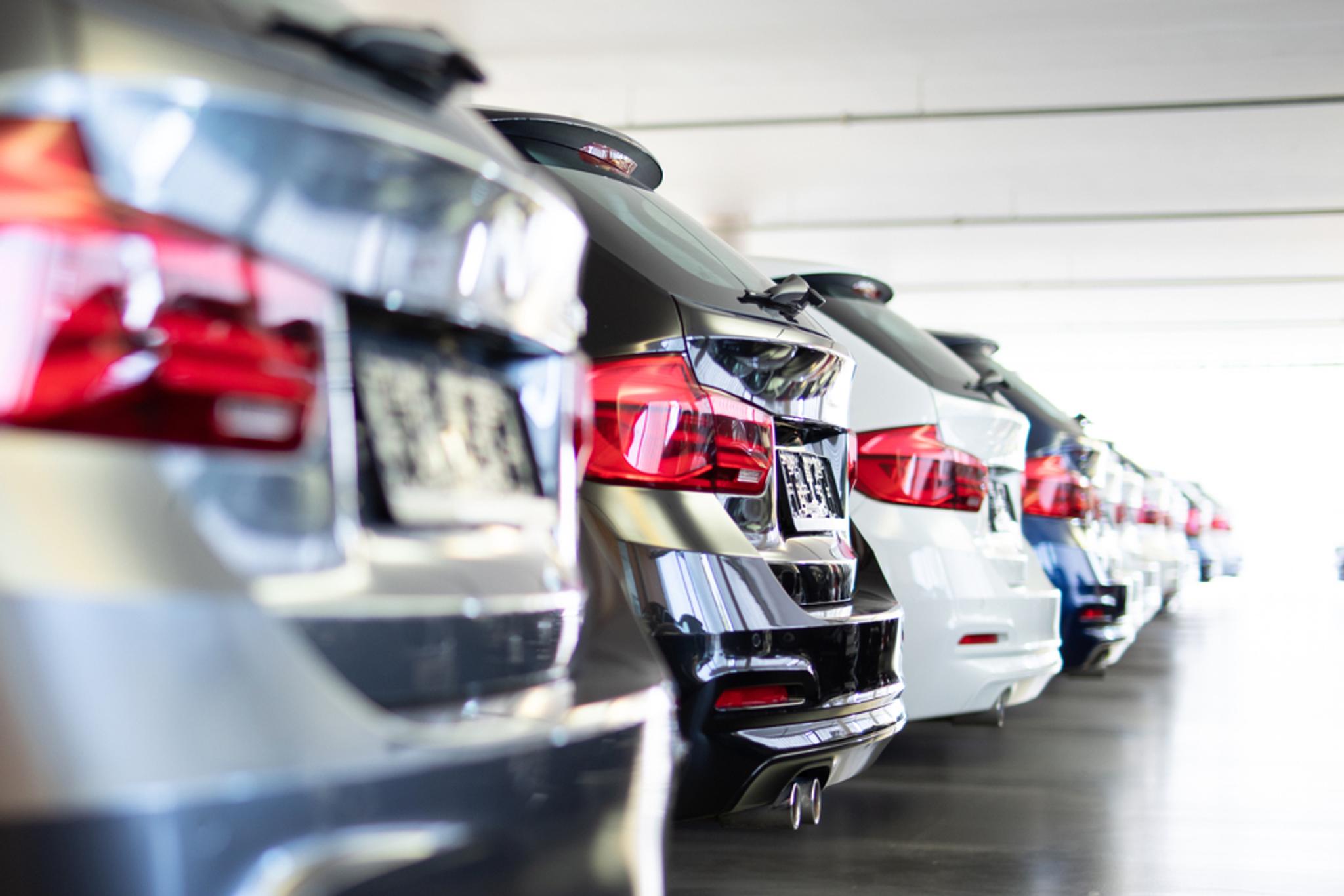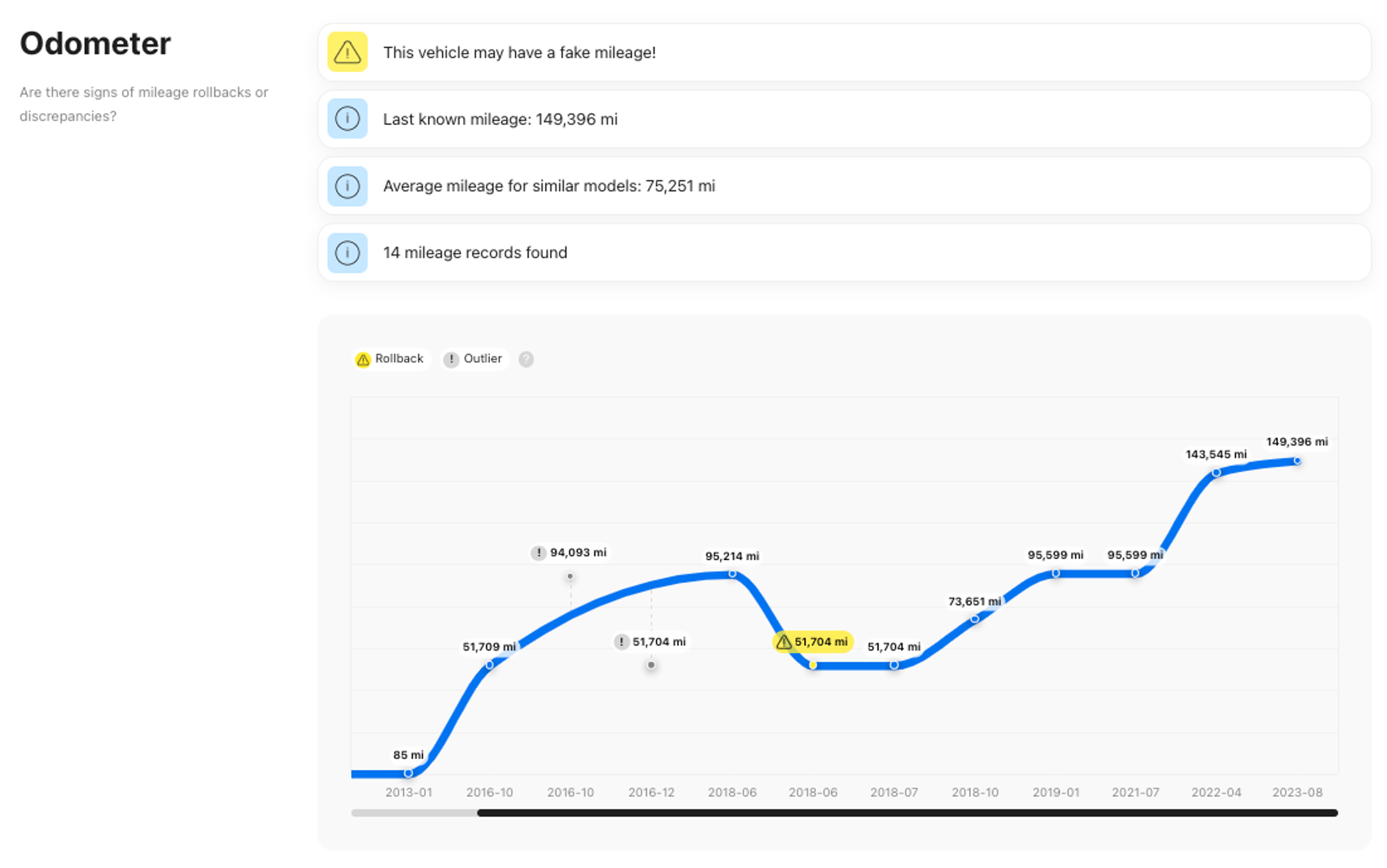
It's only natural that we often spend too much on used cars. After all, we often base our budget on how much we want the car instead of how much we need it. That's why evaluating our needs, financial situation, and potential expenses is vital in order to set smart spending limits.
The next time you're in the market for a car – choose wisely! Let’s go through the most important considerations when choosing a budget for your next vehicle.

Used cars have dark secrets
Reveal them all! Just enter a VIN code and click the button:
What to consider when setting a used car budget
You shouldn’t go all in or spend as much as you want on a used vehicle – the price of a car is just the initial cost. It’s easy to start sinking into financial problems, especially when you’re in a loop where you need more and more money to keep the car on the road.
Personal financial situation
How much money do you save each month? Are there any expensive purchases planned in the near future? Do you have a budget for unexpected expenses, such as home appliance breakdowns or medical bills?
Make sure you have some money for all kinds of daily situations. If you’re afraid to attribute a specific amount of money for a used car, just adjust your budget according to your possibilities and needs.
Purpose of the car

People often choose cars based on their ego rather than needs, focusing on big, powerful or luxurious cars.
If you’re looking for a car for your daily commute to work, most of the cheapest cars on the market can get you there (without using much fuel or requiring expensive maintenance). You may want a 7-seater if you often carry more people, or an all-wheel-drive system if you live outside of town, but don’t chase premium brands and posh features, especially if you’re coping with financial stress.
Depreciation
A car is usually one of the worst investments in our lives. Its value drops significantly during the first years after leaving the dealership, and depreciation continues afterwards. If we ignore historical, rare cars, and other exceptions, luxury, high-maintenance cars tend to depreciate the most, while popular and reliable models hold their value better.
For instance, the Honda Civic loses only about 15% of its value during the first 5 years. Meanwhile, the value of the exotic Maserati Ghibli tends to drop by about 55%.
The lower the depreciation, the less money you’ll lose when selling the car in the future. Aim for more desirable and reliable models, such as the Toyota Camry, Subaru Forester, and Honda Accord.
Prepare for ownership costs
The reason why so many nice cars are dirt cheap is because the buying price is just the initial cost – regardless of what car you’re buying, you’ll also face all kinds of ownership costs.
Here are the main expenses you may face when owning a vehicle:
- Insurance. It's way more expensive for luxurious cars and ones that, statistically, get into accidents more often.
- Taxes. Depending on your vehicle and location, your may have to pay various taxes on your vehicle, such as a CO2 emissions tax. This is in addition to various taxes and fees to be paid when buying the car (including sales tax, documentation fees, and a registration fee).
- Maintenance. You’ll need to change oil, filters, tires, and other parts regularly to keep the car in good condition. For instance, the average annual maintenance cost for a 10-year-old Honda CR-V is $1,328.
- Unexpected repairs. Even perfectly maintained cars can break down, and some repairs can cost more than the car itself.
- Fuel. The average American spends about $3,000 on fuel each year, which is a significant expense.
You’ll face thousands of dollars of annual maintenance and fuel expenses, and even more in case of unexpected repairs. Always calculate the potential expenses related to the vehicle you’re interested in. A realistic evaluation can help you make a correct decision when choosing a used car.
Do proper market research
Deciding on the type of car you want is one thing, but finding it on the market can be more challenging. Good market research can help you find the right vehicle faster and make sure it’s in good condition. So, take your time and start by checking some used car websites.
One of the main things you should focus on when looking for a used vehicle is its price. Check the average cost of the model you’re interested in to set realistic expectations. If a car costs less than its average price, there’s probably something wrong with it or the seller needs money fast.
On the other hand, if the price is on the higher side, the car should be in better condition, well-equipped, or the seller’s just asking for too much.

If you want to buy a used car from a dealership, visit several dealerships to compare their offers because different dealerships have different fees, priorities, and expectations. Therefore, prices can vary significantly.
The 15% for transportation rule
Many people spend a large chunk of their savings on a vehicle and risk ruining their financial portfolio. For instance, according to Experian, 20% of borrowers are taking out loans consisting of almost 80% of their gross annual income. When it comes to leasing the car, the rule of thumb is to spend no more than 15% of your monthly take-home income on transportation, which includes monthly payments, maintenance, insurance, and fuel costs.
Also, experts recommend spending no more than 35% of your annual income on a car if you’re paying cash in full.
Tips on making the most of your budget
A car is usually an expensive investment, and every chance to save money can save you thousands of dollars. Remember that even if you like the car and it fits your budget, it isn’t necessarily a good deal.
Here are a few steps that will help you make the most of your budget.
Ask for service records
Any car’s condition depends mostly on how it’s been maintained. Every missed oil or filter change affects the car’s performance and causes irreversible damage.
If the seller doesn’t offer any service records, don’t hesitate to ask about them. These are usually bills with dates, replaced parts, and pricing. Most drivers who maintain their cars properly keep the service records because they help to maintain the car’s value.
In some cases car owners don’t have service records, but they tend to keep receipts of replaced parts and keep track of oil, filter, and belt changes. However, if sellers don’t have any type of maintenance records, the only guarantee is a stranger’s promise.
Inspect and test the car properly
While the price of a car should reflect its value, there are many exceptions when sellers overvalue or even undervalue their cars.
Always thoroughly inspect the vehicle before buying it. If you can’t do it yourself or don’t have any car enthusiasts to help you, take the car to a local repair shop for a professional inspection. Test the car’s suspension, engine, transmission, read fault codes, and don’t buy a car without test-driving it because many issues can be revealed only while the car’s on the move.
Check the car’s history
Nowadays, scammers in the used car market are facing more challenges than ever because anyone can access the vehicle’s historical records using its VIN number. Whenever you’re buying a used car, check its VIN on carVertical to learn about its ownership history, accidents, mileage records, and other vital information.

If a seller hesitates to share the VIN number, it probably means there are some facts that they don't want you to know, even though you should. The VIN doesn’t contain any personal or sensitive information, therefore, we recommend avoiding sellers who hide it.

Check your VIN
Avoid costly problems by checking a vehicle's history. Get a report instantly!
Negotiate
Don’t hesitate to haggle the price on a used car – you’d be surprised how much money you can save just by asking. Some sellers are willing to come down on the price even if it already seems low.
You can try various negotiation strategies, but there are a few that work most of the time: always pushing back on the first price, pointing out revealed issues, and showing that you’re ready to walk away. Don’t let the seller think that you really like the car or don’t have any other options.
Usually, you can expect a 5-10% price reduction, but it varies depending on the seller and the condition of the car. Sellers may come down on the price even more if the car’s been on sale for a long time or something broke down recently.
Frequently asked questions

Article by
Evaldas Zabitis
Evaldas has been writing since middle school and has had a passion for cars for as long as he can remember. Right after getting his driver’s license, he spent all of his savings on shoddy cars so he could spend time fixing, driving, and selling them. Evaldas is always interested in automotive technical innovations and is an active participant in automotive community discussions.
